Delivery
Our drivers are skilled at placing the container where you
want it, without damaging your property in the process.
Horizontal Clearance
Delivery requires lots of open space in front of where container will rest, in order to pull completely out from underneath it.
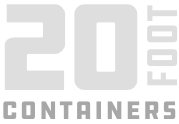
Our 20’Containers will be delivered on a Roll-Back Truck, which is very maneuverable but requires generous open space when uploading the container off the back of the bed.
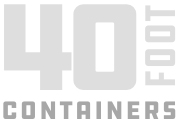
Our 40′ Containers will be delivered on with a Semi pulling a tilt-deck container delivery trailer. Although very capable, they are not all-terrain vehicles, and will require a lot of open space to maneuver.


Vertical Clearance

Ground Conditions

SITE PREPARATION
Containers have steel Floor joists. It is a good idea to keep
them dry underneath.
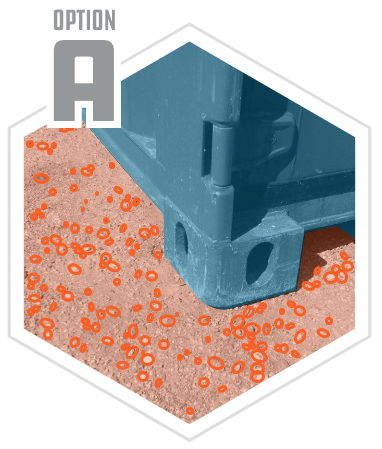
Gravel Pad
Although containers can be set directly onto level soil, the steel on the bottom of the container can rust when exposed to prolonged moisture. Care should be taken to keep the steel structural elements dry. Placing the container on a gravel pad is preferred, as it both keeps the underside of the container dry, and keep the container at ground level for easy access.
If you decide to create a gravel pad, Please remember to size it generously:
12′ x 25′ for a 20′ Container
12′ x 45′ for a 4 0′ Container
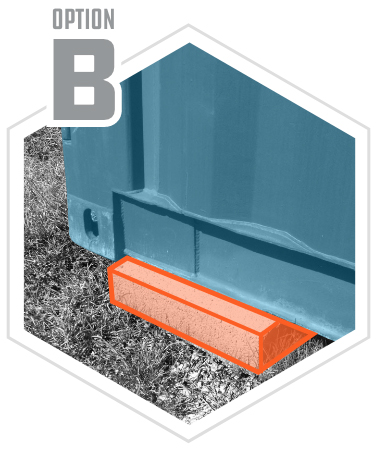
Cap Blocks
If gravel isn’t an option, the container can also be placed on Concrete Cap Blocks in order to raise off of the ground and get airflow underneath the container to prevent corrosion. The driver will help you position them as the container is being unloaded. Make sure to purchase the 4″ thick version, as they are less likely to crack under the weight of the container.
Please inform the driver if you plan to set the container(s) on blocks before it is unloaded. Once on the ground, we are no longer able to position under the container.
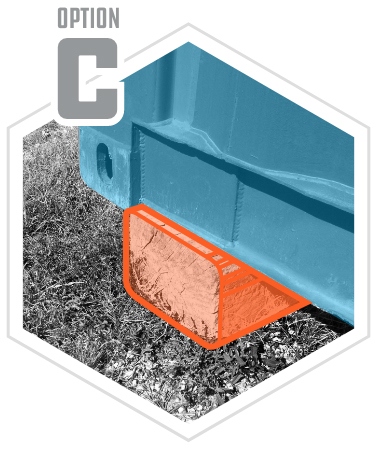
Cross Ties
Also commonly known as a railroad tie, a cross tie placed at either end of the container will do a satisfactory job of providing stability and air flow. Keep in mind that cross ties are wood and will deteriorate a lot faster than container. You might find yourself 10 years from now wondering how you are going to lift the container to replace the cross ties.
Please inform the driver if you plan to set the container(s) on blocks before it is unloaded. Once on the ground, we are no longer able to position under the container.
